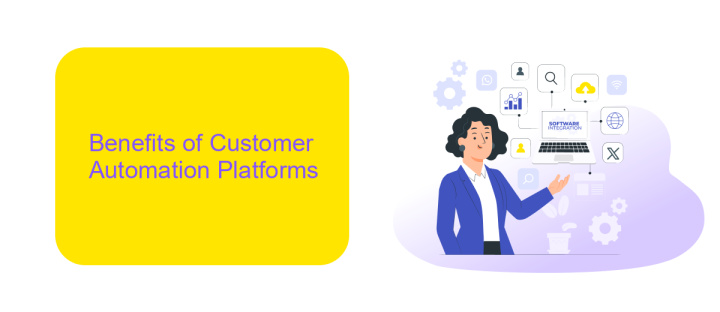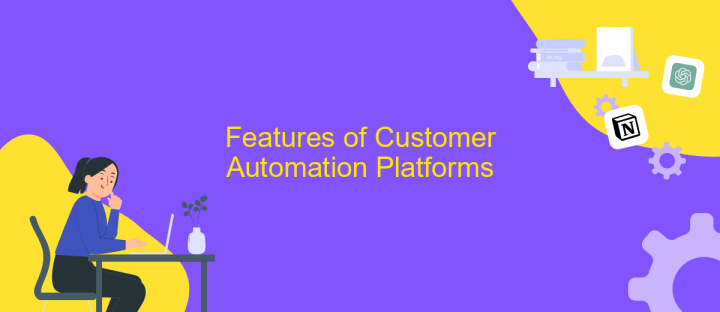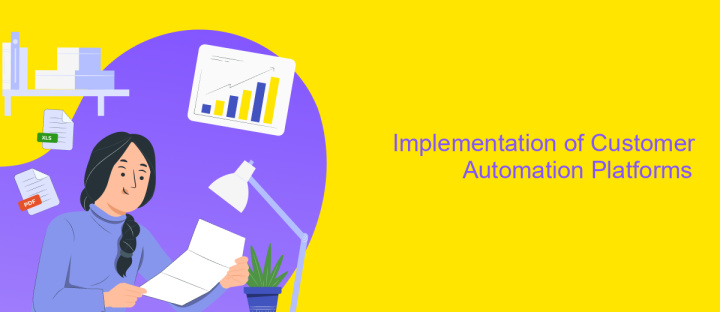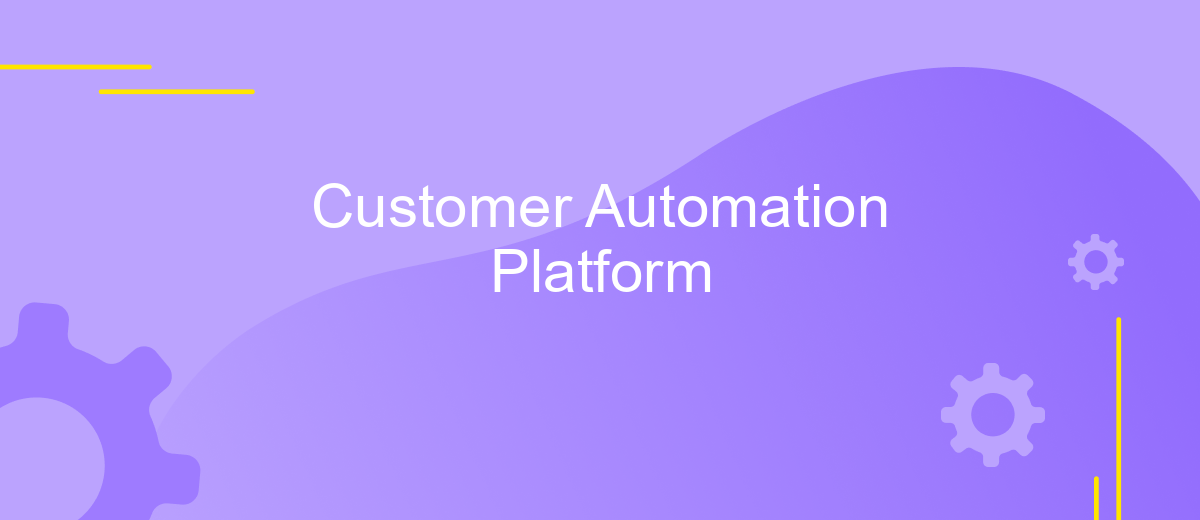Customer Automation Platform
In today's fast-paced digital landscape, businesses are increasingly turning to Customer Automation Platforms to streamline operations and enhance customer engagement. These platforms offer a comprehensive suite of tools designed to automate repetitive tasks, personalize customer interactions, and provide valuable insights through data analytics. By leveraging such technology, companies can improve efficiency, foster stronger customer relationships, and ultimately drive growth in a competitive market.
Introduction
In today's rapidly evolving business landscape, the need for efficient customer management solutions has never been more critical. A Customer Automation Platform (CAP) offers businesses the tools to streamline interactions, enhance customer engagement, and drive growth. By leveraging advanced technologies, CAPs provide a seamless experience that integrates various customer touchpoints, ensuring that businesses can maintain a competitive edge in a crowded market.
- Automated customer communication
- Data-driven insights for personalized marketing
- Integrated customer relationship management
- Scalable solutions for businesses of all sizes
- Enhanced customer satisfaction and loyalty
Implementing a Customer Automation Platform empowers businesses to harness the power of automation, reducing manual tasks and allowing teams to focus on strategic initiatives. As companies continue to prioritize customer-centric strategies, CAPs become invaluable assets in delivering personalized experiences and fostering long-term relationships. By embracing these platforms, businesses can not only meet the demands of today's consumers but also anticipate and adapt to future market trends.
Benefits of Customer Automation Platforms

Customer automation platforms offer significant benefits by streamlining operations and enhancing customer engagement. These platforms automate repetitive tasks such as data entry, customer follow-ups, and personalized email campaigns, freeing up valuable time for employees to focus on more strategic activities. By utilizing automation, businesses can ensure consistent and timely communication with their customers, leading to improved customer satisfaction and loyalty. Additionally, automation platforms provide valuable insights through data analytics, enabling companies to make informed decisions and tailor their marketing strategies for better results.
Integrating various applications and services is another crucial advantage of customer automation platforms. Tools like ApiX-Drive facilitate seamless integration between multiple software systems, allowing businesses to automate workflows without the need for extensive coding or technical expertise. This integration capability ensures that data flows smoothly across different platforms, reducing errors and enhancing overall efficiency. As a result, businesses can respond more swiftly to customer needs and market changes, maintaining a competitive edge. Ultimately, customer automation platforms empower organizations to optimize their operations, improve customer experiences, and drive growth.
Features of Customer Automation Platforms

Customer Automation Platforms are essential tools for modern businesses seeking to enhance customer engagement and streamline operations. These platforms offer a range of features that enable companies to automate various aspects of customer interaction, thereby improving efficiency and customer satisfaction.
- Personalization: Tailor content and recommendations based on customer data to create relevant experiences.
- Multi-channel Integration: Seamlessly connect with customers through various channels such as email, social media, and SMS.
- Workflow Automation: Automate repetitive tasks like follow-ups and reminders to increase productivity.
- Analytics and Reporting: Gain insights into customer behavior and campaign performance through detailed analytics.
- Customer Segmentation: Group customers based on specific criteria to target them more effectively.
By leveraging these features, businesses can not only improve the efficiency of their operations but also offer a more personalized and engaging experience to their customers. As a result, customer automation platforms are becoming a crucial component in the toolkit of any organization aiming to stay competitive in today's fast-paced market.
Implementation of Customer Automation Platforms

Implementing a customer automation platform involves a strategic approach to enhance customer engagement and streamline operations. The process begins with identifying the specific needs of the business and selecting a platform that aligns with those objectives. This ensures that the chosen solution can effectively address the unique challenges faced by the organization.
Once a suitable platform is selected, the next step is integration. This involves connecting the platform with existing systems and databases to ensure seamless data flow. Proper integration is crucial for maximizing the platform's capabilities and achieving the desired outcomes. It is also important to train employees to effectively utilize the new tools and features offered by the platform.
- Assess business requirements and objectives
- Select a compatible customer automation platform
- Integrate with existing systems for seamless data flow
- Train staff for effective platform utilization
Continuous monitoring and optimization are essential to ensure the platform delivers optimal results. Regularly reviewing performance metrics and user feedback helps in identifying areas for improvement. By staying proactive, businesses can adapt to changing customer needs and maintain a competitive edge in the market.
Conclusion
In conclusion, the implementation of a Customer Automation Platform can significantly enhance the efficiency and effectiveness of customer interactions. By automating repetitive tasks, businesses can focus more on strategic initiatives and personalized customer engagement, leading to increased satisfaction and loyalty. The integration of various customer touchpoints into a single platform allows for a more seamless experience, providing businesses with valuable insights into customer behavior and preferences.
Moreover, leveraging tools like ApiX-Drive can streamline the integration process, enabling businesses to easily connect different applications and services without extensive technical expertise. This flexibility ensures that companies can adapt quickly to changing customer needs and market conditions, maintaining a competitive edge. As businesses continue to evolve, adopting a Customer Automation Platform becomes not just a strategic advantage but a necessity for sustainable growth in a rapidly digitalizing world.
FAQ
What is a Customer Automation Platform (CAP)?
How can a CAP improve customer engagement?
What types of tasks can be automated with a CAP?
How does a CAP integrate with existing systems?
What should businesses consider when choosing a CAP?
Time is the most valuable resource in today's business realities. By eliminating the routine from work processes, you will get more opportunities to implement the most daring plans and ideas. Choose – you can continue to waste time, money and nerves on inefficient solutions, or you can use ApiX-Drive, automating work processes and achieving results with minimal investment of money, effort and human resources.

